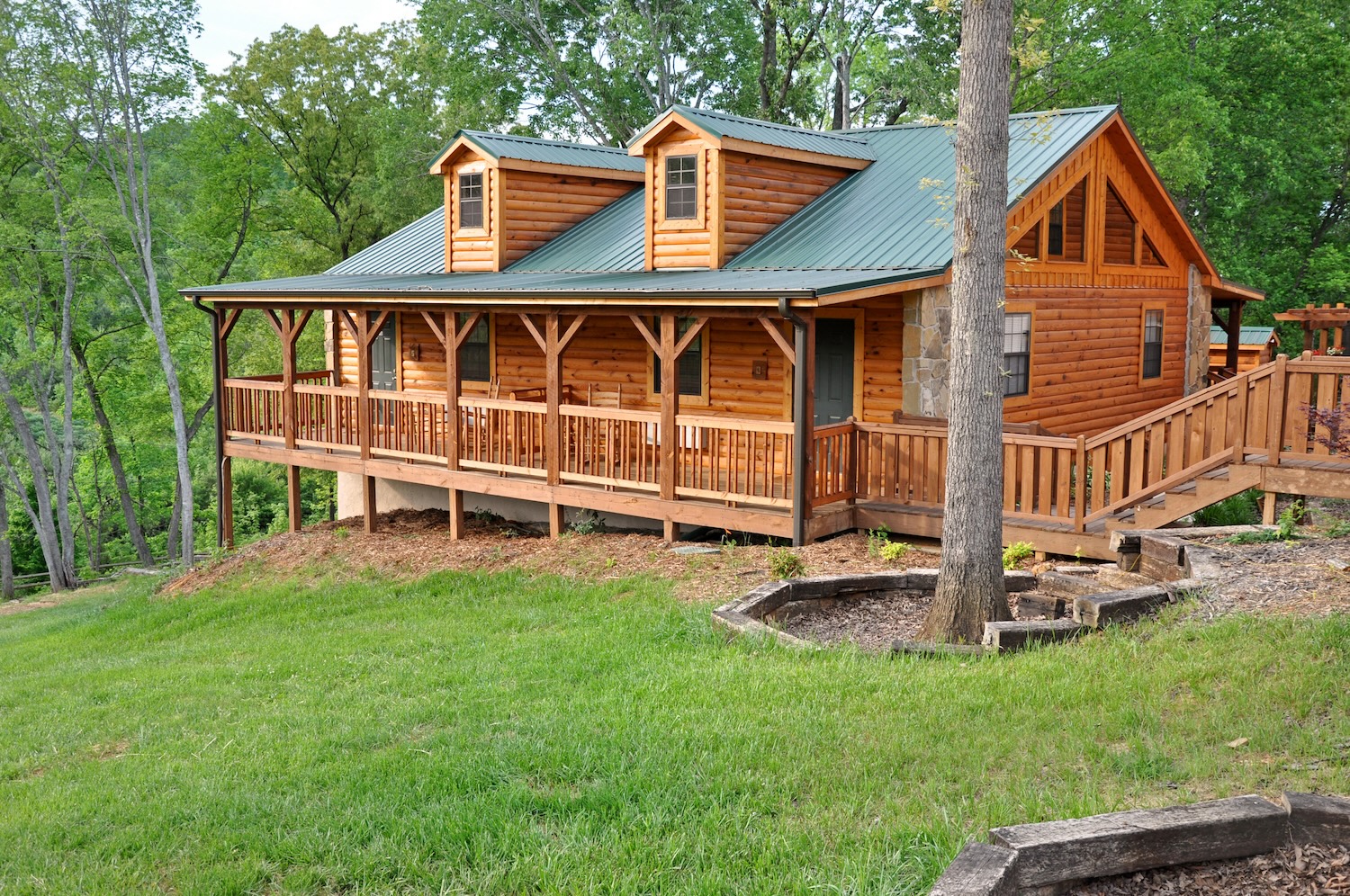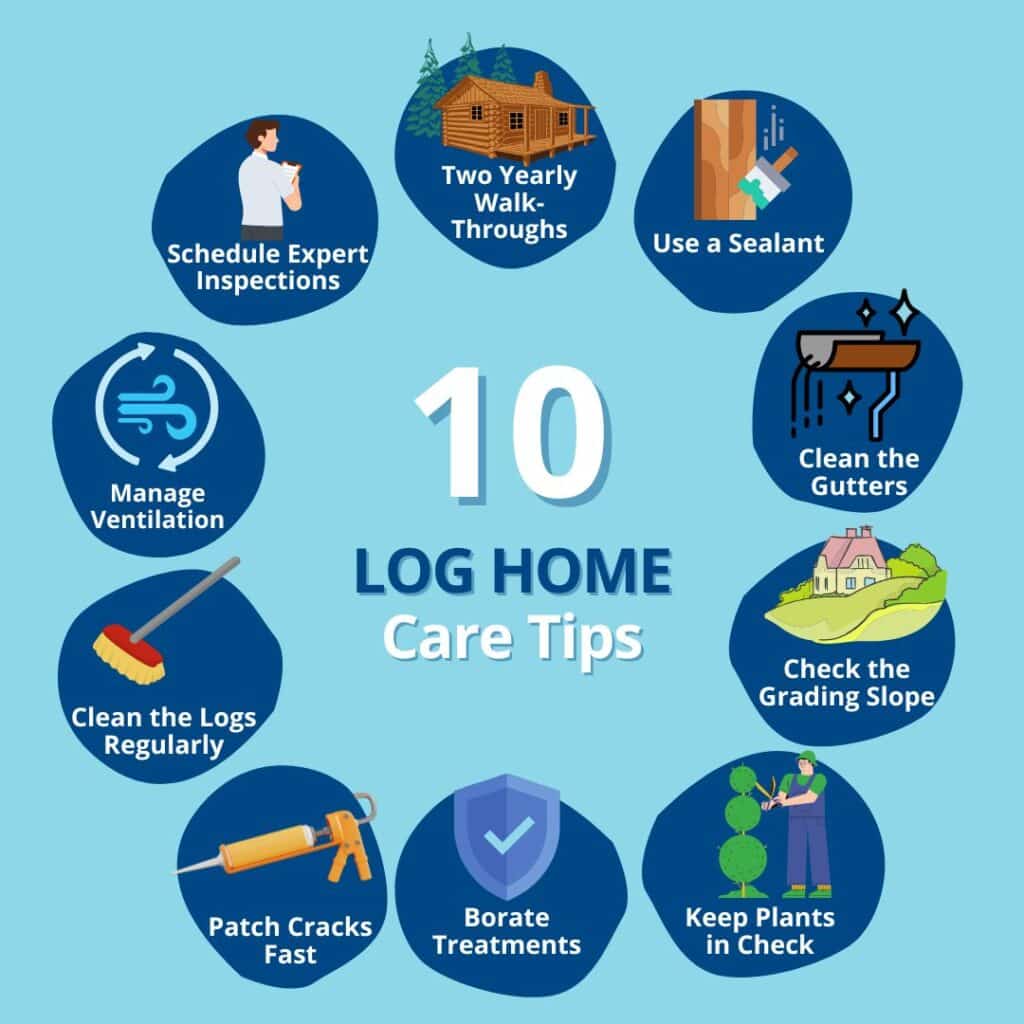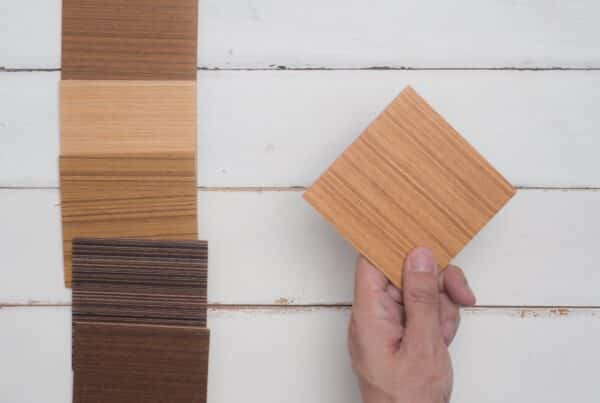
Owning a log home comes with its own set of rewards—and responsibilities. While the warmth and character of wooden walls are timeless, they require special care to stay in top shape. One of the biggest threats to log home longevity is decayed wood. Left unchecked, wood decay can turn small problems into major repairs faster than you might expect.
Thankfully, protecting your log home doesn’t have to be overwhelming. With a little know-how and consistent upkeep, you can keep decay at bay and enjoy your home’s beauty and strength for years to come. Let’s explore 10 straightforward ways to help preserve your log home and avoid the headaches decayed wood can cause.
Why a Decayed Log is Serious for the Home
Decayed wood can jeopardize the beauty and structural integrity of your log home. When wood decays, it becomes soft and brittle, unable to support the weight and stability your home depends on. Moisture is the leading cause, creating an ideal environment for fungi to thrive.
As the fungi break down the wood, the damage can spread quickly, leaving you with costly repairs and safety risks. Log homes are particularly susceptible because they rely on exposed wood as a core design element.
Without regular maintenance, factors like rain, humidity, and pests can accelerate decay. Conversely, by understanding the risks and staying proactive, you can safeguard your home and extend its lifespan.

Pro Tips to Protect a Log Home from Decay
1) Take a Close Look Twice a Year
Walk around your home each spring and fall to check for signs of decay. Look for discoloration, soft or spongy wood, and damp patches that don’t dry out quickly.
Focus on areas near the foundation, under overhangs, or where rain might splash up. Early signs of decay are easier—and cheaper—to fix than advanced damage. Don’t forget to inspect hard-to-see places like corners, rooflines, and the bases of porches or decks, as these often trap moisture.
2) Seal Your Logs to Lock Out Moisture
A high-quality sealant is your log home’s best defense against decay. Use a product designed specifically for log homes, as it penetrates the wood and offers superior protection against moisture.
Reseal every two to three years or sooner if you notice the finish fading, especially in wet climates like the Pacific Northwest. Before applying a sealant, ensure the wood is clean and dry for the best results. Regular resealing also enhances the natural beauty of your logs.
3) Clear Out Gutters and Downspouts
Logs and standing water don’t mix. Keep your gutters clear of leaves, twigs, and debris to prevent water from spilling over and soaking into your logs.
Check downspouts to make sure they direct water at least three feet away from the foundation. Splash blocks or downspout extensions are simple additions that can prevent long-term damage. Cleaning gutters might seem tedious, but it’s a vital step in protecting your log home from decay.
4) Check the Ground Around Your Home
Water pooling near your foundation is a common cause of wood decay. Make sure the soil around your home slopes gently away to channel water elsewhere.
A grade of about six inches per ten feet is ideal. If your home has areas where water tends to collect, consider installing a French drain or extending drainage pipes to move water further away. Proper grading isn’t just about the logs—it also protects your foundation from moisture damage.
5) Keep Plants in Check
Shrubs, bushes, and vines might look picturesque against a log home, but they can trap moisture against the wood and increase the risk of decay.
Trim back vegetation so there’s a gap of at least a foot between plants and the logs. Avoid letting ivy or other climbing plants attach to the wood, as they can introduce pests and hold moisture in hard-to-reach areas. Keeping the space around your home clear also improves airflow, which helps logs dry out faster after rain.
6) Add Borate Treatments
Borate treatments are a powerful tool for preventing wood decay and deterring pests like termites and carpenter ants.
These treatments soak deep into the wood, protecting it from fungal growth and insect damage. Apply borate solutions during resealing or any time you clean exposed wood. They’re especially useful for areas prone to dampness, like the base logs near the foundation. Borate treatments provide long-lasting protection without altering the look of your home.
7) Patch Up Cracks Before They Get Worse
Small cracks in logs might not seem like a big deal, but they can quickly let in water and lead to decay. Inspect your logs regularly and use a flexible, weatherproof caulking material designed for log homes to seal any cracks or gaps. Larger cracks might require a professional assessment to ensure the log’s structural integrity.
8) Give Your Logs a Gentle Clean
Cleaning your logs regularly helps prevent dirt and debris from trapping moisture against the wood. Use a soft brush or a mild, log-safe cleaner to remove buildup.
Avoid using power washers or harsh chemicals, as these can damage the wood or strip away protective finishes.
9) Ventilate to Manage Humidity
Moisture isn’t just an outdoor issue—indoor humidity can also take a toll on your logs. Use fans in bathrooms and kitchens and consider running a dehumidifier if your home feels damp. Good airflow inside helps protect your logs year-round.
10) Bring in an Expert for Regular Checkups
Even with diligent care, a professional inspection is the best way to ensure your log home stays in top shape.
Experts can spot early signs of decay, assess hard-to-reach areas, and recommend preventative treatments tailored to your home. Scheduling a professional inspection every two to three years helps you catch small issues before they become costly repairs. It’s a smart investment that gives you peace of mind.

Other Recommended Maintenance for Log Homes
Keeping a log home in great shape goes beyond protecting it from decay. Regular maintenance can prevent a range of issues and ensure your home looks and performs its best for years. Start with a seasonal checklist:
- Clean after storms to remove dirt, leaves, and debris that can trap moisture against the logs.
- Check the roof and flashing to ensure water is directed away from your logs. Leaks or poor drainage can quickly lead to decay.
- Inspect windows and doors for gaps or broken seals that could let water inside. Addressing these promptly helps maintain your home’s overall energy efficiency and prevents moisture buildup.
- Keep decks and porches in good condition, as these areas often experience wear and tear from weather exposure. Apply sealant or stain regularly to protect the wood.
- Monitor pest activity. Regularly check for termites, carpenter ants, and other wood-destroying insects, especially during warmer months.
With small, consistent efforts like these, you can protect your log home’s value and charm while avoiding expensive repairs.
When to Call a Professional
Sometimes, even the most attentive log home homeowners need expert help to prevent decayed woof. If you’re dealing with any of the following situations, it’s a good idea to reach out to a professional:
- Widespread signs of decay, such as large soft spots, crumbling wood, or fungal growth spreading across multiple areas.
- Persistent moisture problems that regular maintenance can’t resolve, like poor drainage, leaks, or interior humidity.
- Structural concerns, such as sagging beams, warped logs, or areas that feel unstable under weight.
A professional inspection can pinpoint the root of the issue and provide actionable solutions tailored to your home’s unique needs. For log homeowners in the Pacific Northwest, working with a local specialist familiar with the region’s climate can make all the difference.
Conclusion
Protecting your log home from decayed wood is all about consistent care and attention. A little effort now saves time, money, and stress later. When it comes to ensuring your log home stays in peak condition, nothing beats a professional inspection.
At Boggs Inspection Services, we understand the unique needs of Olympia, WA homes and are here to help you protect your investment. Schedule an inspection today and enjoy the peace of mind that comes with knowing your home is safe, sound, and ready to stand the test of time.



